With just over a week to go until schools and educational institutions reopen their doors (physically or virtually), teachers, students and staff must adapt to the new changes of how schools will now operate.
Back in March, the government was quick to close all educational institutions to stop the spread of the coronavirus, teachers and students adapted to online learning in the following months.
In July, Education Minister Owen Bonnici confirmed that schools are set to reopen on 28 September, but guidelines for this reopening were published at the beginning of this month, with many critical that the measures and protocols were published too late.
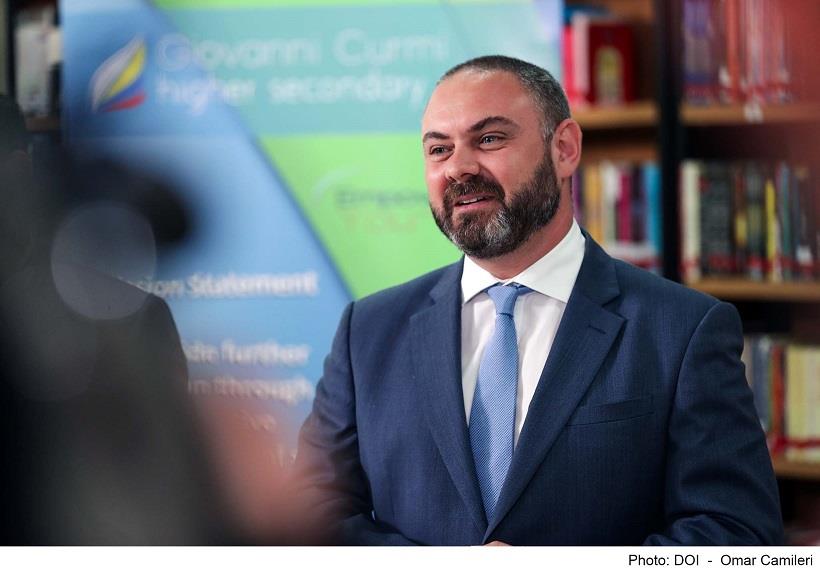
What has the government said about re-opening schools?
The government has made it clear that it believes that it is critical that schools reopen for the next scholastic year and that children must return to schools, as students are more likely to be harmed if they don’t attend school than by becoming infected with COVID-19. Education Minister Bonnici has time and time again highlighted the importance of schools reopening and for children to go back to school.
Deputy Prime Minister and Health Minister Chris Fearne stressed that keeping schools closed would have ‘dire consequences’ on the lives of a whole generation. He said that it was crucial that students received an education and to not miss another year of schooling.
Prime Minister Robert Abela meanwhile has said that it would be an “educational catastrophe” if students do not return to their classes.
Teachers’ unions advise for the postponement for reopening schools
The Malta Union of Teachers (MUT) and the Union of Professional Educators (UPE) have both urged the government to keep schools closed due to the rise in the number of COVID-19 cases. Their statements were published last Wednesday, when the health authorities confirmed a record 106 new cases.
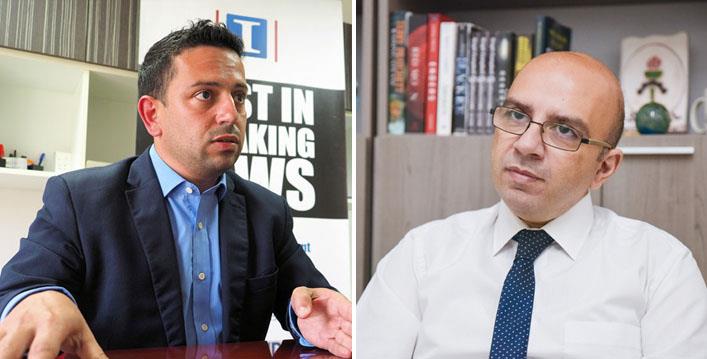
The MUT stressed that schools should not reopen as schools and educators have not had enough time to prepare and that an online system which is already in place should be improved to adapt to the circumstances. “The reality is that there is no peace of mind from these guidelines and that the reopening of schools should be postponed,” said MUT president Marco Bonnici (right).
The UPE meanwhile, through their chief Graham Sansone (left), criticised the government’s measures as being unrealistic and said that the opening of schools will increase the number of cases of Covid-19 and put a burden on the health care system.
The Nationalist Party has also voiced its own concerns, stating that the government is unprepared for what is to come. “The government lacked a Plan A to provide education in schools and was not well prepared with Plan B to offer decent education remotely.”
The Curia highlighted that if the numbers of COVID-19 increase, the scholastic year will still need to start, irrespective of whether schools physically open or not. “Lessons could be live-streamed or recorded online by educators from their schools.”
This newsroom contacted the association representing independent schools for their opinion on the matter, with their president Sue Midolo saying that independent schools have been working tirelessly to have everything in place to reopen at the end of September and to be in compliance with all the guidelines.
“However, we are in the meantime, monitoring the situation very closely. We remain committed to work closely with the Education and Health Authorities in the best interest of our educators, parents and students.”
Main guidelines/protocols:
At the beginning of the month, the Superintendent for Public Health Charmaine Gauci and Permanent Secretary at the Ministry for Education and Employment, Frank Fabri gave details about the measures which will be taken up at schools.
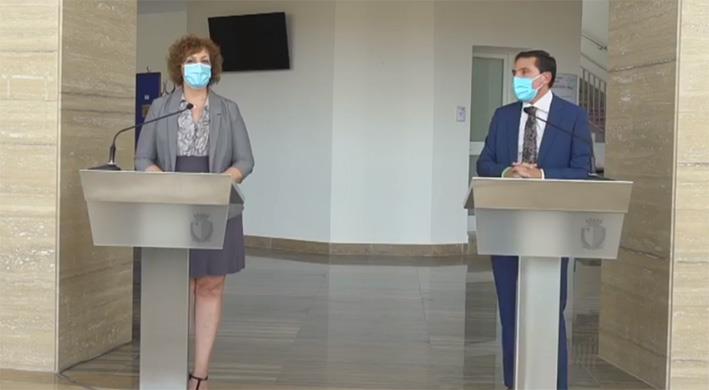
The main measures of note from those guidelines are below:
--- Students aged between three and 11 must wear a mask outside class in communal areas, whilst those aged over 11 and educators and staff must wear them at all times.
--- Vulnerable students and those with vulnerable parents are being advised to wear a mask.
--- It is extremely important that if any children have any COVID-19 symptoms or are not feeling well, they are not to be sent to school.
--- Parents are not to drop off their children at school at the same time, so as to avoid crowding and to maintain social distancing.
--- All students must wear a mask on school transport. All windows must remain open and there should be sanitizer provided.
--- Desks are to be kept 1.5 metres apart in order to prevent any COVID-19 spread.
--- Staff members are required to keep 2 metres distance between themselves (between staff) and between staff and students.
--- It is encouraged to give digital homework to students to reduce the possibility of infection by exchanging workbooks and assignments.
--- Health Authorities prefer students to be in school if possible, however the authorities are drafting a plan for those schools which end up needed to spend time at home.
--- Students will be kept in ‘bubbles’, or groups, in the classroom and break time, so as to keep the number of children needing quarantine in case of infection as low as possible.
--- Health Authorities recommend shorter duration of lessons to reduce accumulating exposure between students.
Schools spending thousands of euros on sanitising stations
There are schools which have spent over €2,000 in sanitising stations which are installed in various entrances of the school to ensure the safety of students and staff.
This newsroom was provided with a newsletter which a school sent to parents and guardians regarding the new scholastic year. The school said that it had invested thousands of euros in preparing for the re-opening of schools; apart from the €2,500 investment in sanitising stations, the school also spent €18,000 on installing an engineer certified ventilation system for the area where the bulk of members of staff will be staying during the day.
On the note of classrooms, due to the lack of space to host all students at once, the school has decided to split the classes into two. “A schedule will be given whereby students are told when to learn physically at school and when to stay at home and follow the lessons from home. The discussions related to online teaching are still on-going.”
The school also delved into the logistics of how students will be arriving and leaving school. One entrance of the school will be used for arriving school transport, whilst all primary students who are brought by their parents will enter another and secondary students brought by parents through another entrance; in this way all avoiding unnecessary crowding.
All students will have their temperatures taken once arriving on the school premises and no assembly will be held. When it comes to picking up the students, parents will be asked to come at staggered times.
Independent schools survey shows that parents want to send children back to school
One independent school had performed a survey asking parents whether they would feel comfortable sending their children to school.
A copy of the survey results was sent to this newsroom, showing that between 71-77% of parents would prefer their child to attend an in-school programme. Between 20-30% would prefer a virtual programme, whilst parents who live in Covid-19 “high-risk” households would prefer for a virtual programme.
Toys and pushchairs not allowed in kindergarten
Children attending Kindergarten class will not be allowed to take their own personal toys to the classrooms and parents will have to wait outside the gates.
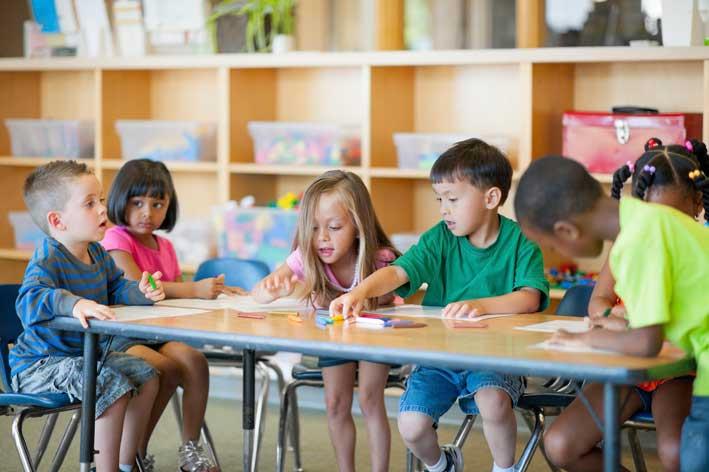
Whilst such young children do not have to wear a mask or visor, they will also be placed in bubbles and rooms must be big enough to ensure that there is a 1.5 metres distance for every child. Class of Kinder 1 will be capped at 15 and 19 for Kinder 2.
Educators will have to wear a mask or visor at all times, and the same is applicable to LSEs.
At nap time, children’s mats must be spaced out as much as possible, ideally keeping to two metres apart.
Post-Secondary moves to online teaching
The health authorities have encouraged online teaching and learning at post-secondary schools so as to reduce class size as much as possible. The authorities have also suggested a system for teachers to deliver lessons to half the class while the other half follows online from another classroom.
All students and educators much wear masks at all times, ensure there is a distance of two metres apart and it is suggested that common rooms are closed off so as to reduce the contact of students to a minimum.
The health authority has recommended that students with “special education needs” should be given highest priority.
University lectures to be streamed online
Whilst the government is set on opening primary and secondary schools, the same guidelines and measures are difficult to follow in a larger education institution, such as the University of Malta.
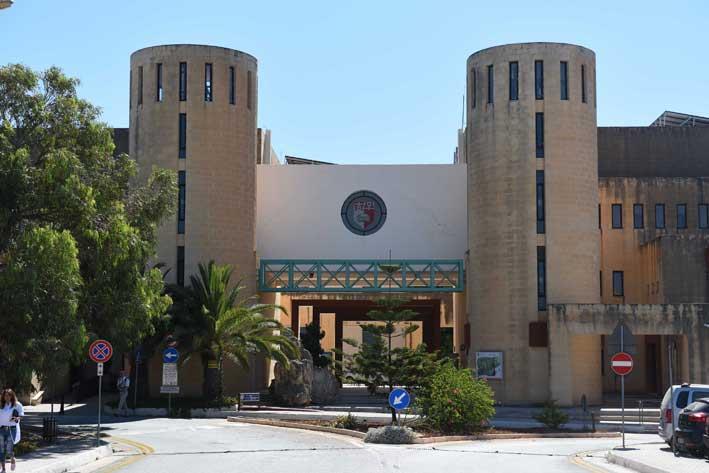
Last September, prior to the outbreak of the coronavirus, the University had welcomed over 3,573 new students and the overall number of students was estimated at 11,750; such numbers making it impossible to form ‘bubbles’ or maintain the necessary social distance required.
Whilst lectures at the University are not scheduled to start for another month, a senate meeting was held last Thursday to discuss the upcoming academic year.
Last Thursday, the University Student’s Council, Kunsill Studenti Universitarji (KSU) published a statement highlighting that most University lectures will be streamed online, and where possible a physical option on campus will be provided.
Lectures with a large number of students, will take place entirely online. Lectures with smaller number of students will be taking place online with the possibility of joining physically; depending on the available spaces which are large enough to cater for the number of students allowed in a classroom and following social distancing.
Meanwhile, there is also no clear date as to when graduation ceremonies will take place. Although, it has been decided that by 20 November all students will be considered as graduates, allowing students to present their certificates for funding purposes or future academic endeavours.